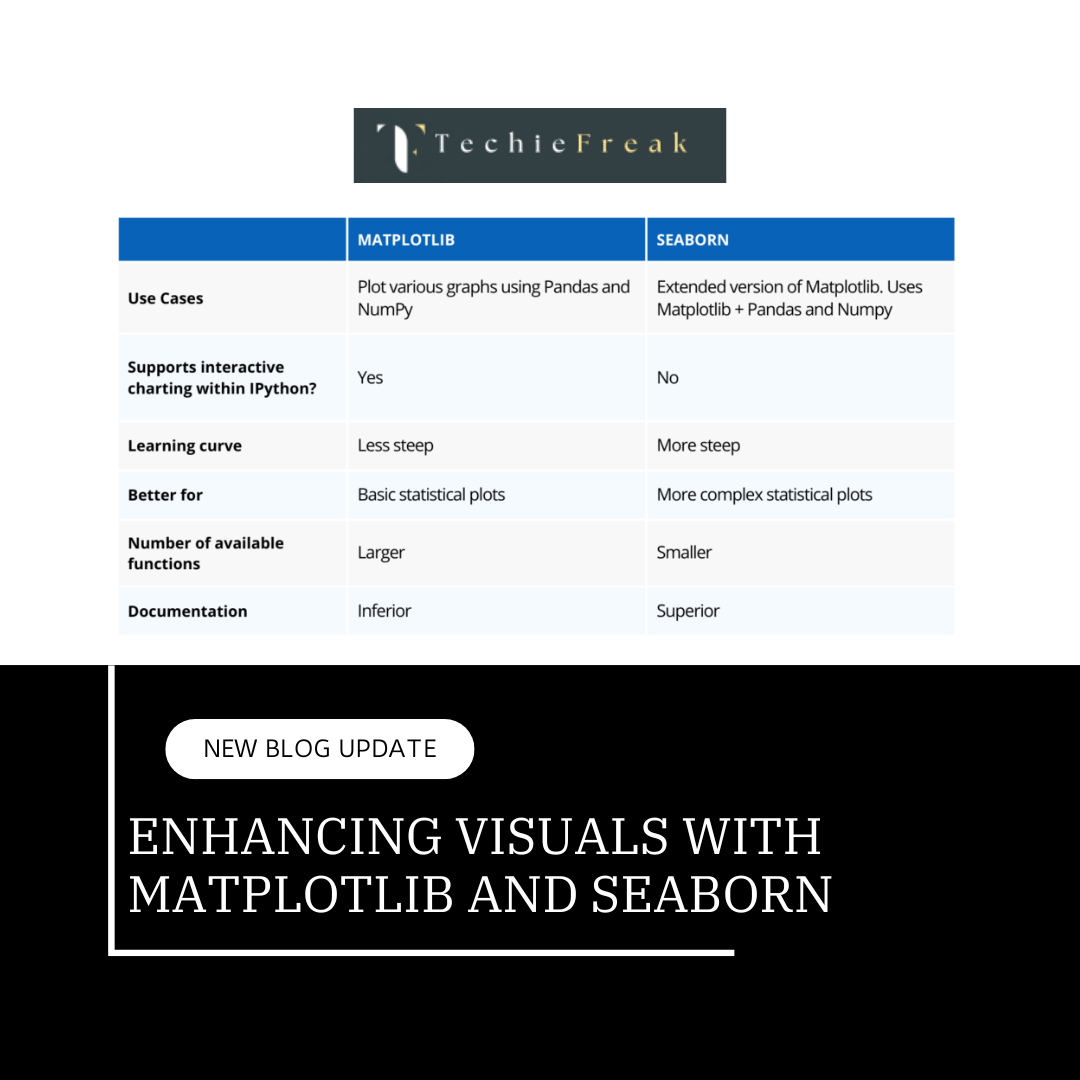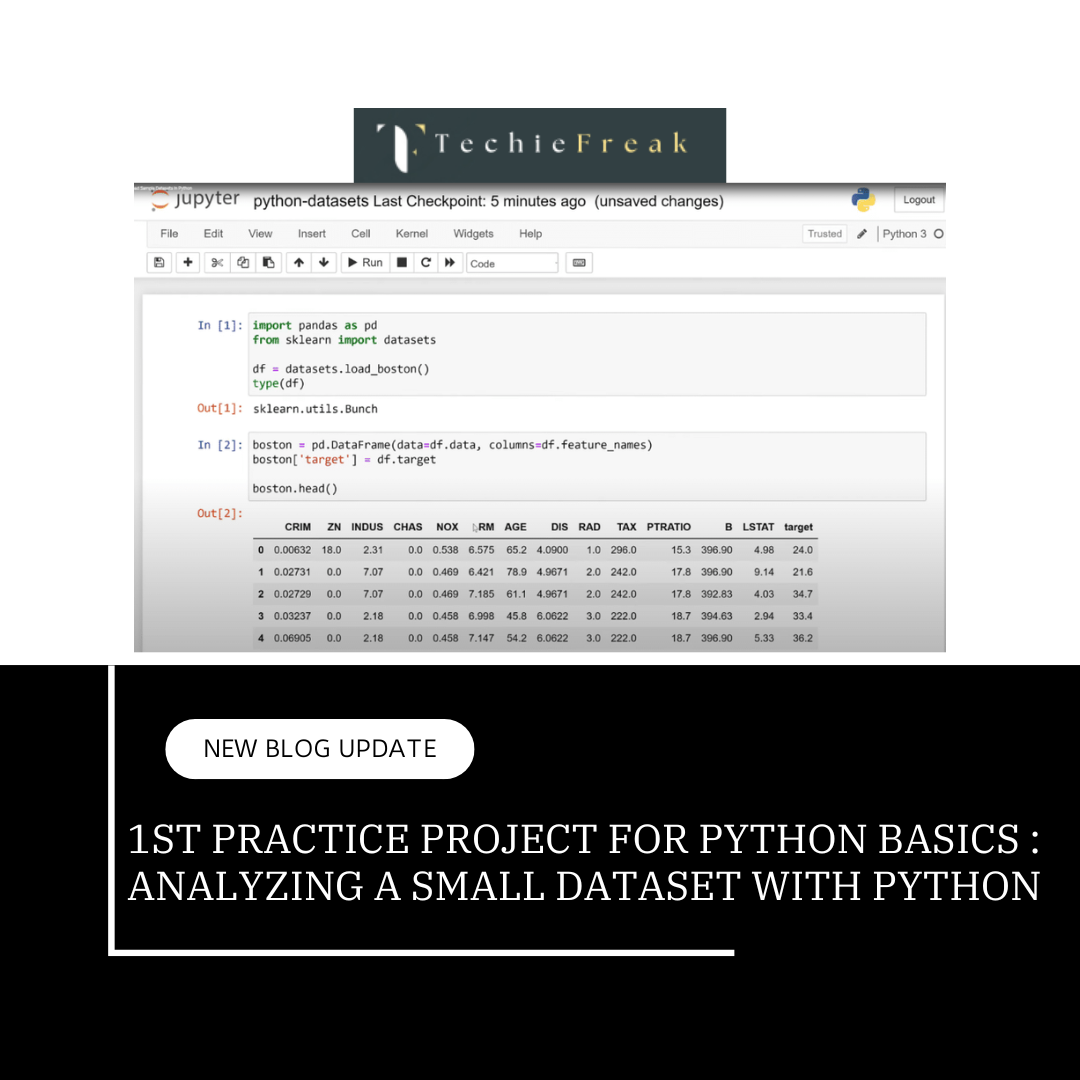What is Python?
Python is like the Swiss Army knife of programming languages—simple, versatile, and incredibly powerful. It’s an open-source, high-level language known for its easy-to-read syntax. Python is used for web development, data analysis, automation, and, of course, Machine Learning!
Here’s why Python stands out:
- Readability: Code that feels like English? Yes, please!
- Rich Libraries: From data wrangling to model training, Python has libraries for everything.
- Community Support: Stuck? Chances are, someone’s already solved your problem.
Fun fact: Python wasn’t named after the snake but after Monty Python’s Flying Circus! So yes, it’s designed to be fun and friendly.
Why is Python Important for Machine Learning?
Machine Learning is all about working with data, building models, and making predictions. Python makes this process smooth and efficient. Here’s why it’s a favorite:
- Prebuilt Libraries: Python has libraries like NumPy (mathematics), Pandas (data manipulation), and Scikit-learn (machine learning algorithms) that save you hours of work.
- Visualization Tools: Want to see data trends? Python’s Matplotlib and Seaborn libraries make beautiful graphs a breeze.
- Versatility: Whether it’s image recognition or natural language processing, Python can handle it all.
- Ease of Learning: Python’s simple syntax makes it the perfect starting point for beginners.
If Machine Learning is the engine, Python is the fuel that keeps it running.
Installing Python: Step-by-Step Guide
Let’s roll up our sleeves and get Python installed on your machine.
- Visit the Official Python Website: Go to python.org.
- Download Python: Click the Download Python button for your operating system (Windows, macOS, or Linux).
- Run the Installer: During installation, check the box that says “Add Python to PATH” (this is crucial!).
- Verify Installation: Open your terminal or command prompt and type:
python --version
If you see a version number, you’re good to go!
Setting Up Your Python Development Environment
Setting up a development environment is like preparing your desk for work—you need the right tools in place to code efficiently. Here’s a detailed breakdown of the top three options you can choose from
1. Jupyter Notebook: Interactive and Beginner-Friendly
Jupyter Notebook is ideal for beginners, data analysts, and those who like to write and run code in chunks. It provides an interactive interface that’s especially good for data visualization, experimenting with code, and documenting workflows.
How to Set Up:
Install Jupyter Notebook: Open your terminal (Command Prompt on Windows, Terminal on macOS/Linux) and run:
pip install notebookLaunch Jupyter Notebook: After installation, type:
jupyter notebookThis command opens the Jupyter interface in your default web browser.
Features of Jupyter Notebook:
- Interactive Environment: You can write, run, and see the output of code in small blocks (called cells).
- Rich Visualizations: Easily integrates with libraries like Matplotlib and Seaborn for creating charts and graphs.
- Documentation on the Go: You can write explanatory text alongside code using Markdown cells.
- File Support: Save your work as .ipynb files, which are easy to share.
2. VS Code (Visual Studio Code): Flexible and Robust
VS Code is a lightweight, highly customizable code editor that works well for both small scripts and large projects. It’s perfect for debugging, integrating with version control, and managing multiple files.
How to Set Up:
- Download and Install:
- Visit VS Code's official site and download the installer for your operating system.
Follow the installation steps.
- Install the Python Extension:
- Open VS Code.
- Go to the Extensions Marketplace (Ctrl+Shift+X or Cmd+Shift+X).
Search for “Python” and install the Microsoft-provided Python extension.
Features of VS Code:
- IntelliSense: Offers smart code completions and syntax highlighting.
- Integrated Terminal: You can run Python scripts directly from the editor.
- Debugging Tools: Add breakpoints and debug your code visually.
- Extensions: Supports a wide range of plugins for additional functionality, such as Git integration and Docker support.
3. PyCharm: Comprehensive IDE for Large Projects
PyCharm is a full-fledged Integrated Development Environment (IDE) designed for Python development. It’s best for large projects that require advanced features like code refactoring, testing, and project navigation.
How to Set Up:
- Download and Install:
- Go to JetBrains PyCharm's website and download the Community Edition (free) or the Professional Edition (paid).
- Install the software by following the instructions provided.
Set Up a New Project:
- Open PyCharm and create a new project.
- Set up a virtual environment (PyCharm guides you through this).
Features of PyCharm:
- Code Analysis: Identifies errors and offers suggestions as you type.
- Built-in Tools: Includes a database tool, version control system, and testing frameworks.
- Run Configurations: Manage how you run and debug different scripts.
- Refactoring Tools: Simplifies renaming variables, moving code between files, and more.
Writing Your First Python Program
Now for the moment of truth: let’s write some Python code! Open your chosen environment and type:
print("Hello, World!")
Hit Run, and you should see:
Hello, World!
Congratulations, you just wrote your first Python program!
Tips for Beginners
- Practice Daily: Start small—write a few lines of code every day.
- Explore Python Libraries: Get familiar with essential libraries like NumPy, Pandas, and Matplotlib.
- Don’t Fear Errors: Debugging is part of the learning process.
- Build Projects: Start with simple tasks like calculating averages or plotting data.
Conclusion
You’ve taken your first step into the world of Python and Machine Learning. From installation to writing your first program, you’re now equipped with the basics. In the next blog, we’ll take your skills further as we delve into Python Fundamentals, exploring essential concepts like variables, data types, operators, and control flow. Stay tuned and keep your momentum going—exciting learning lies ahead!
Next Topic : Python Fundamentals
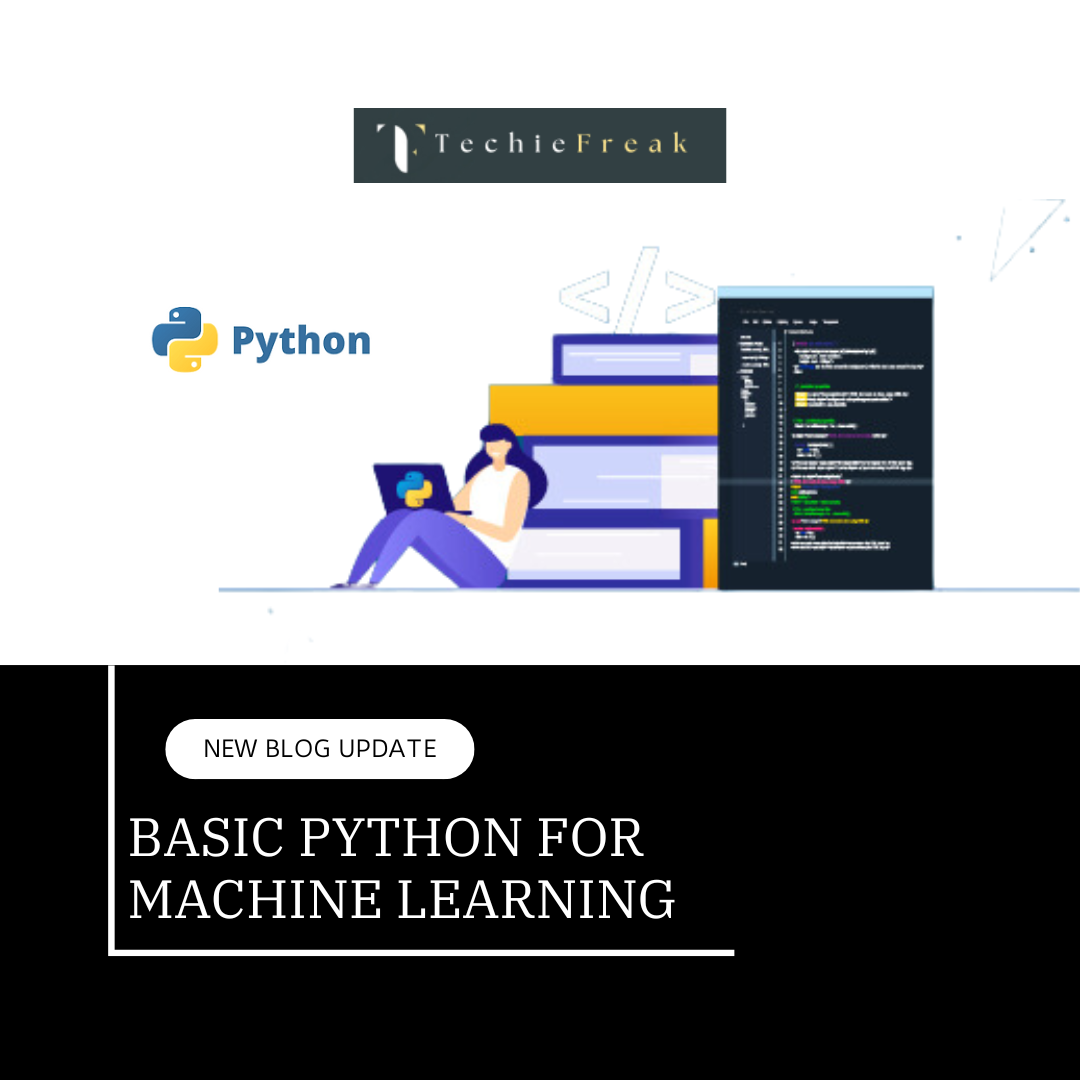
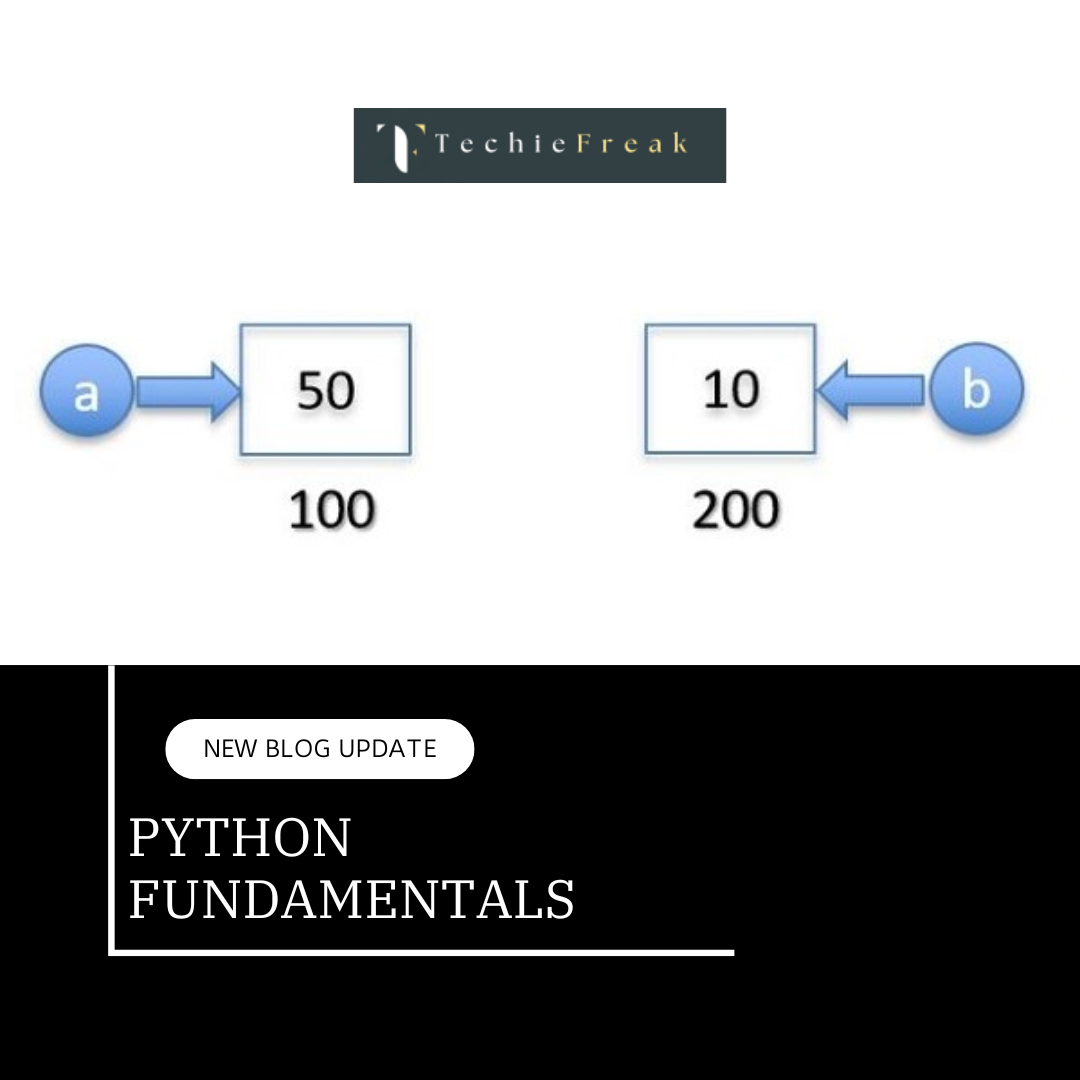
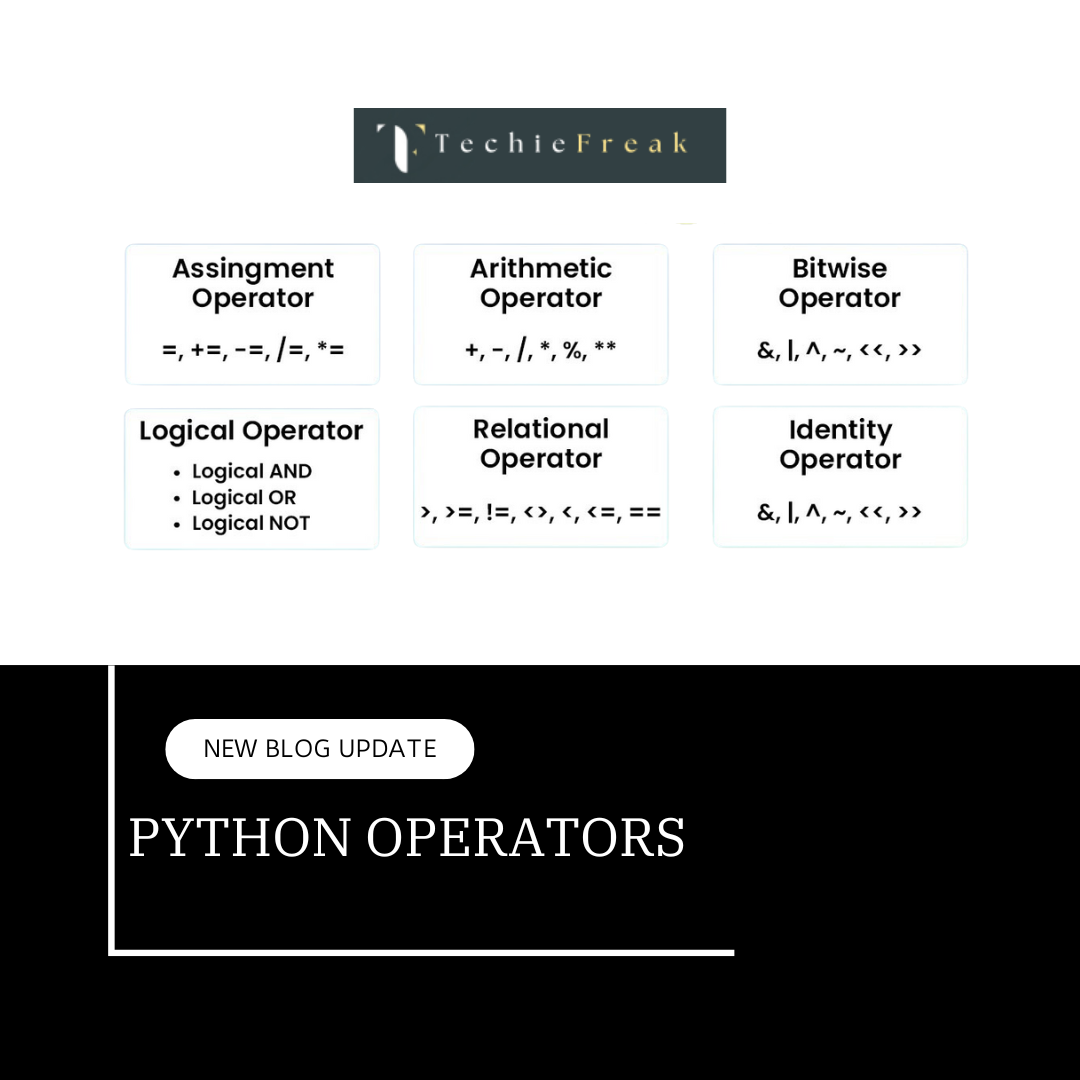
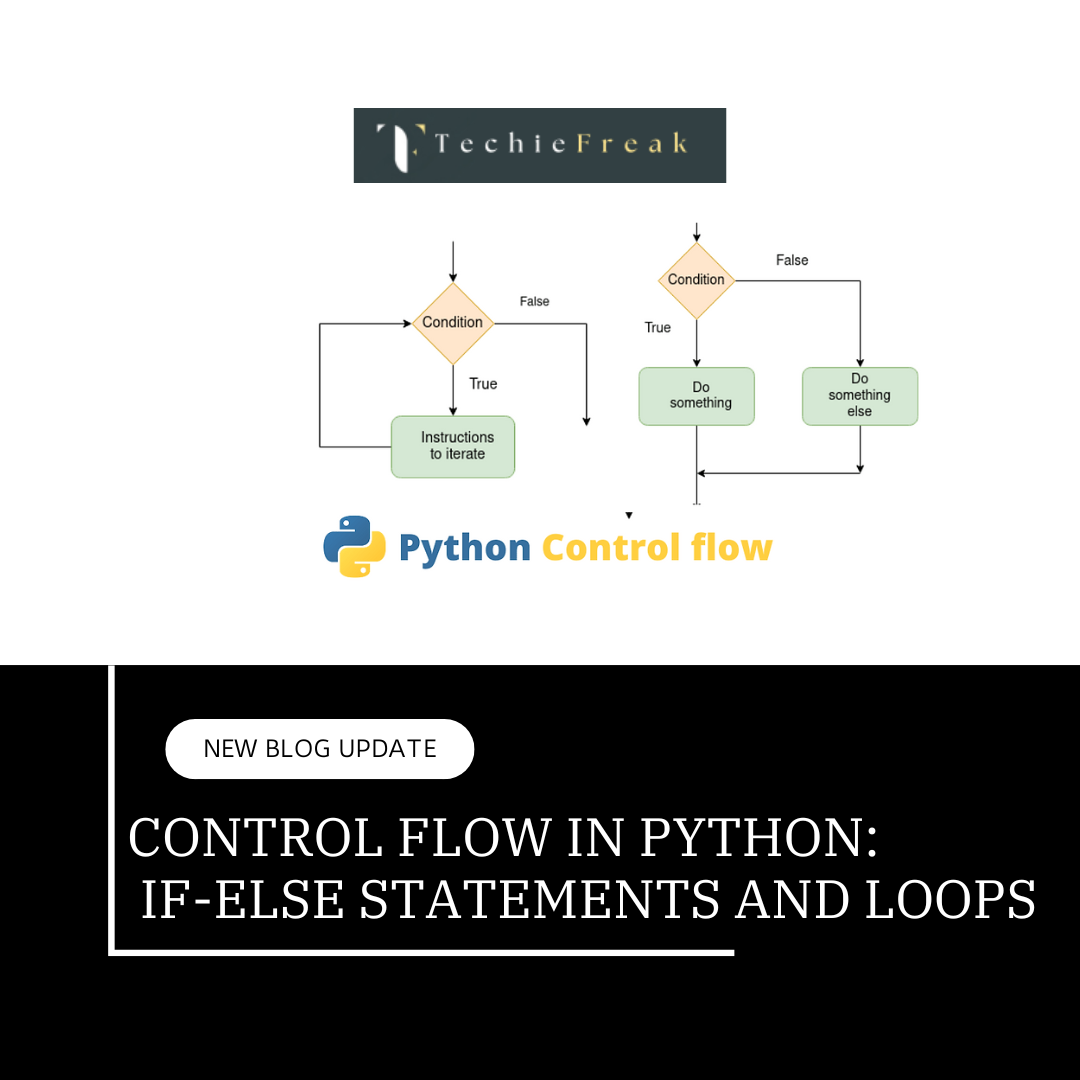
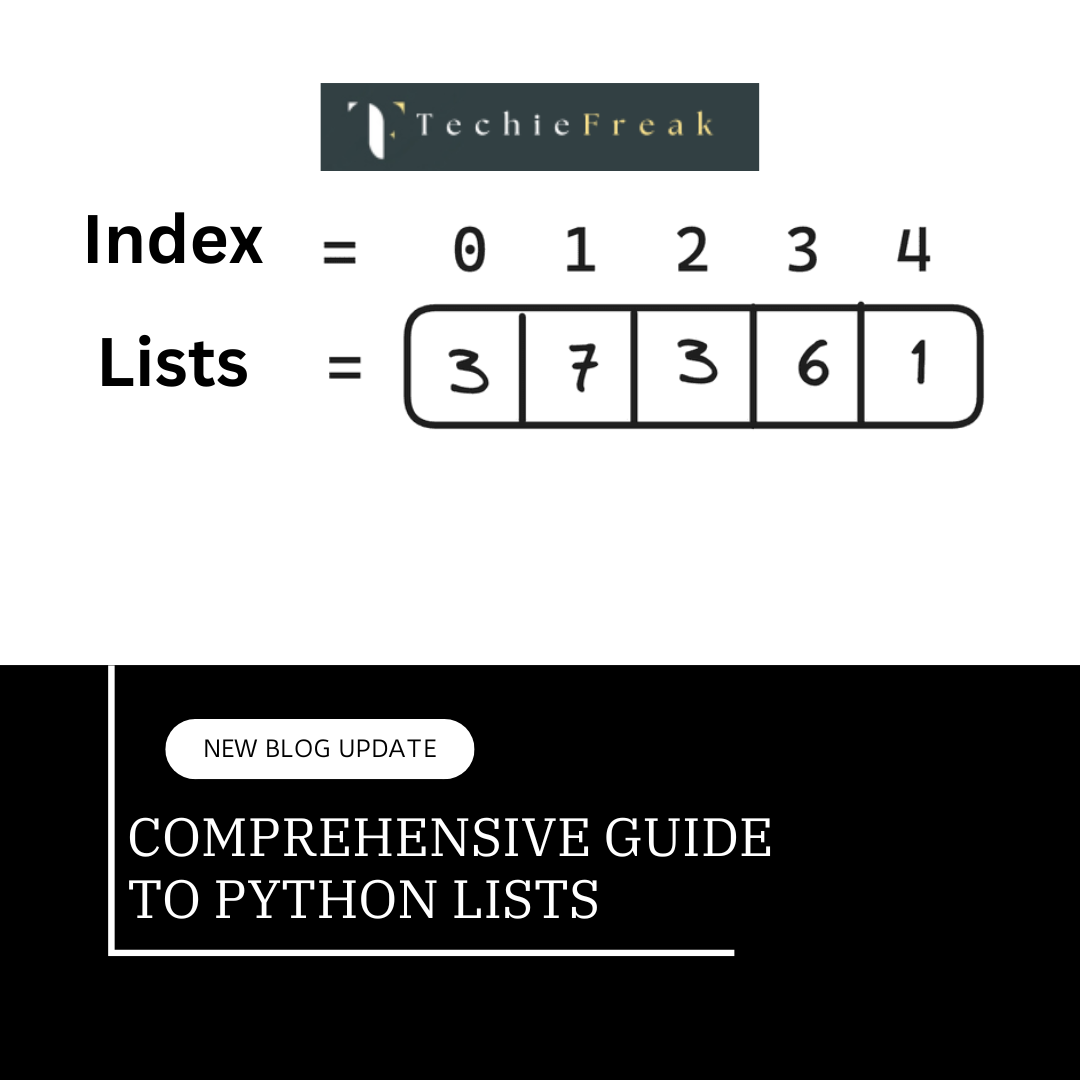
.png)


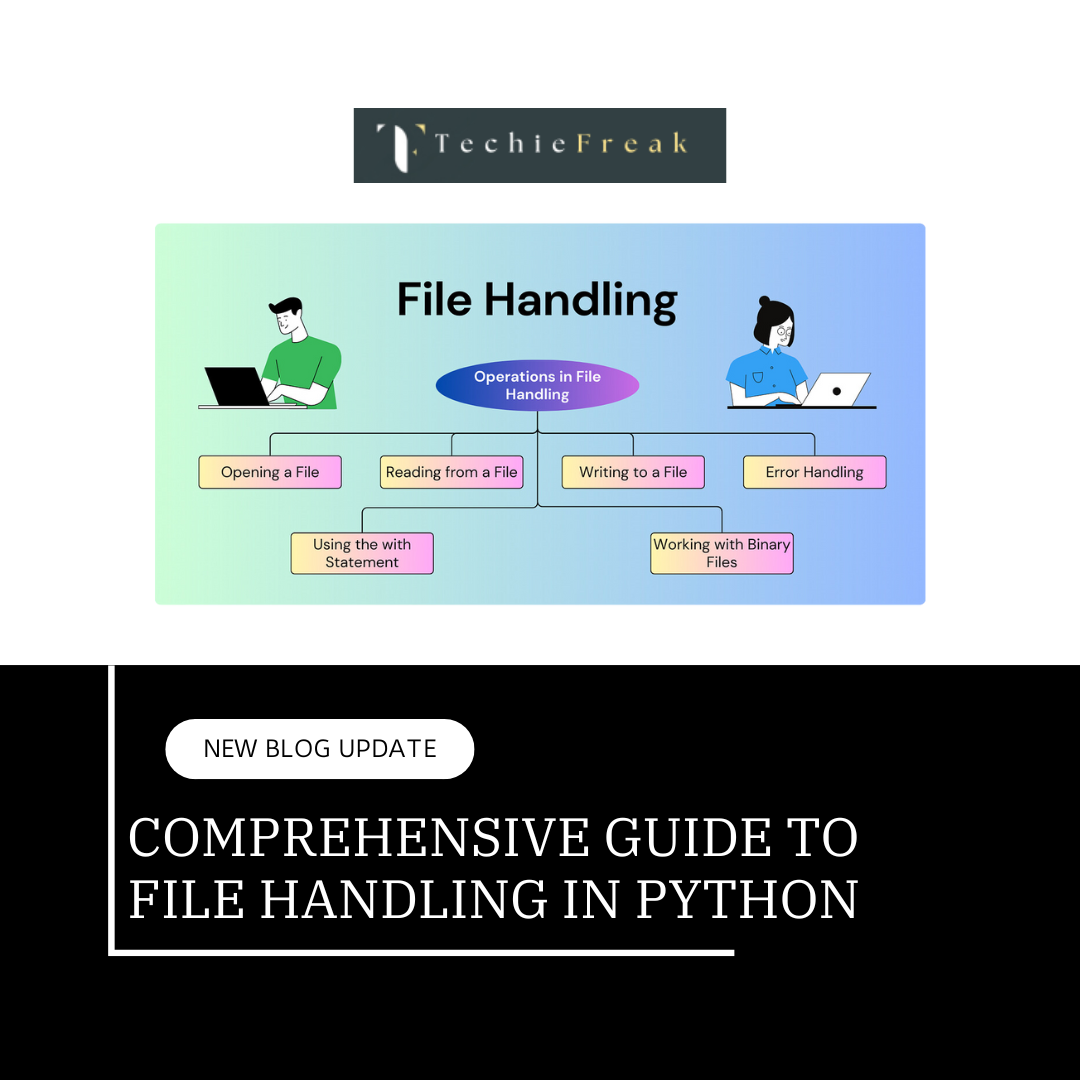
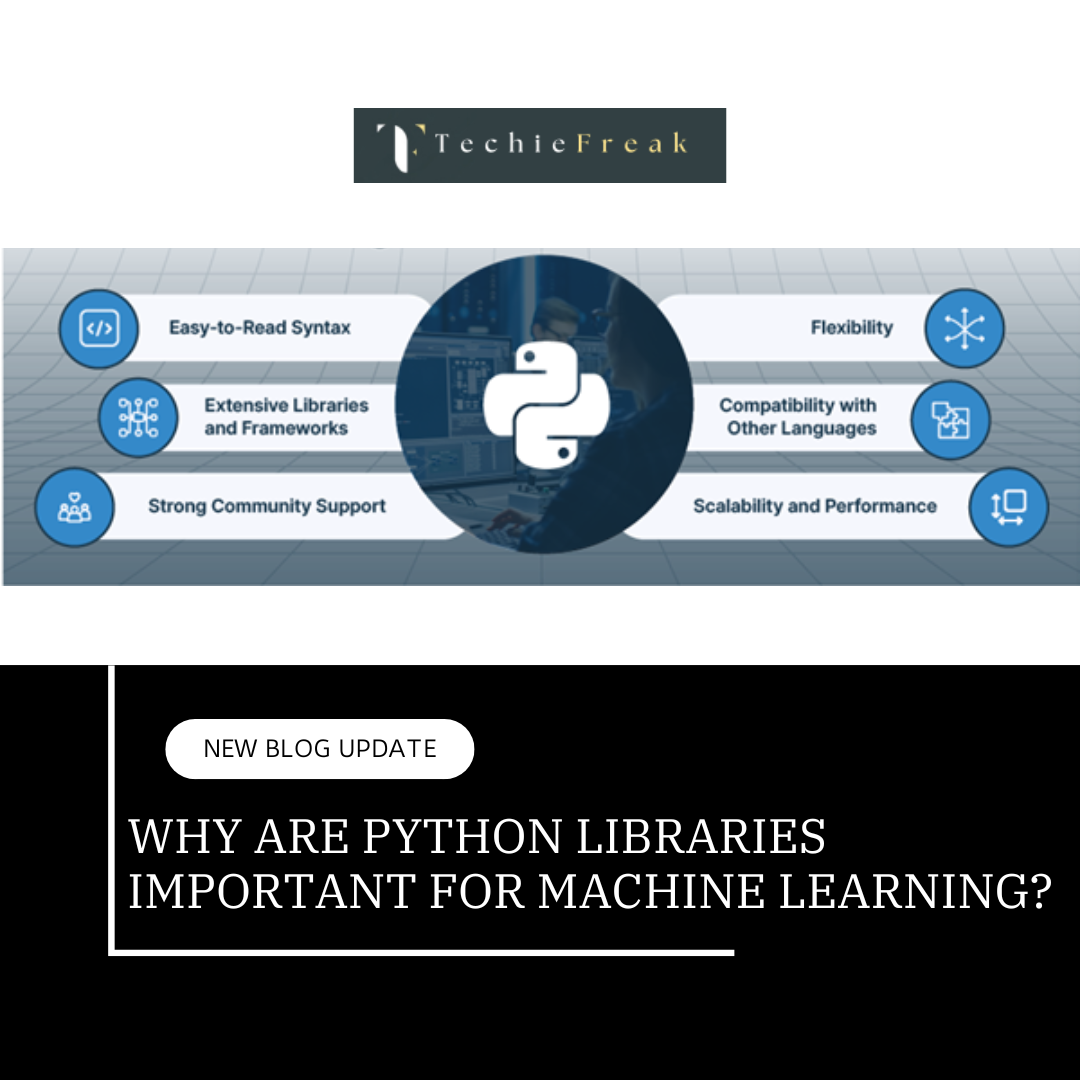


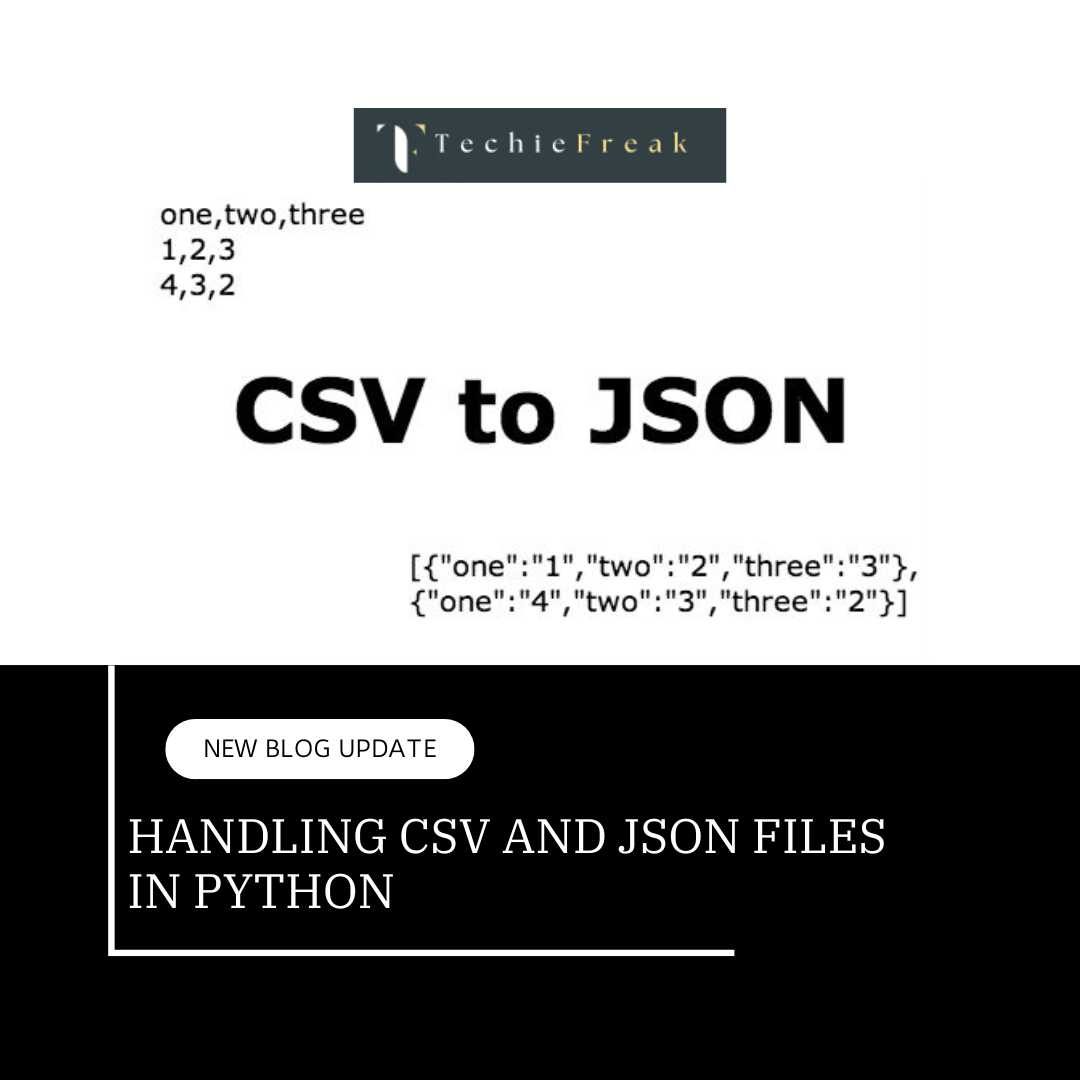

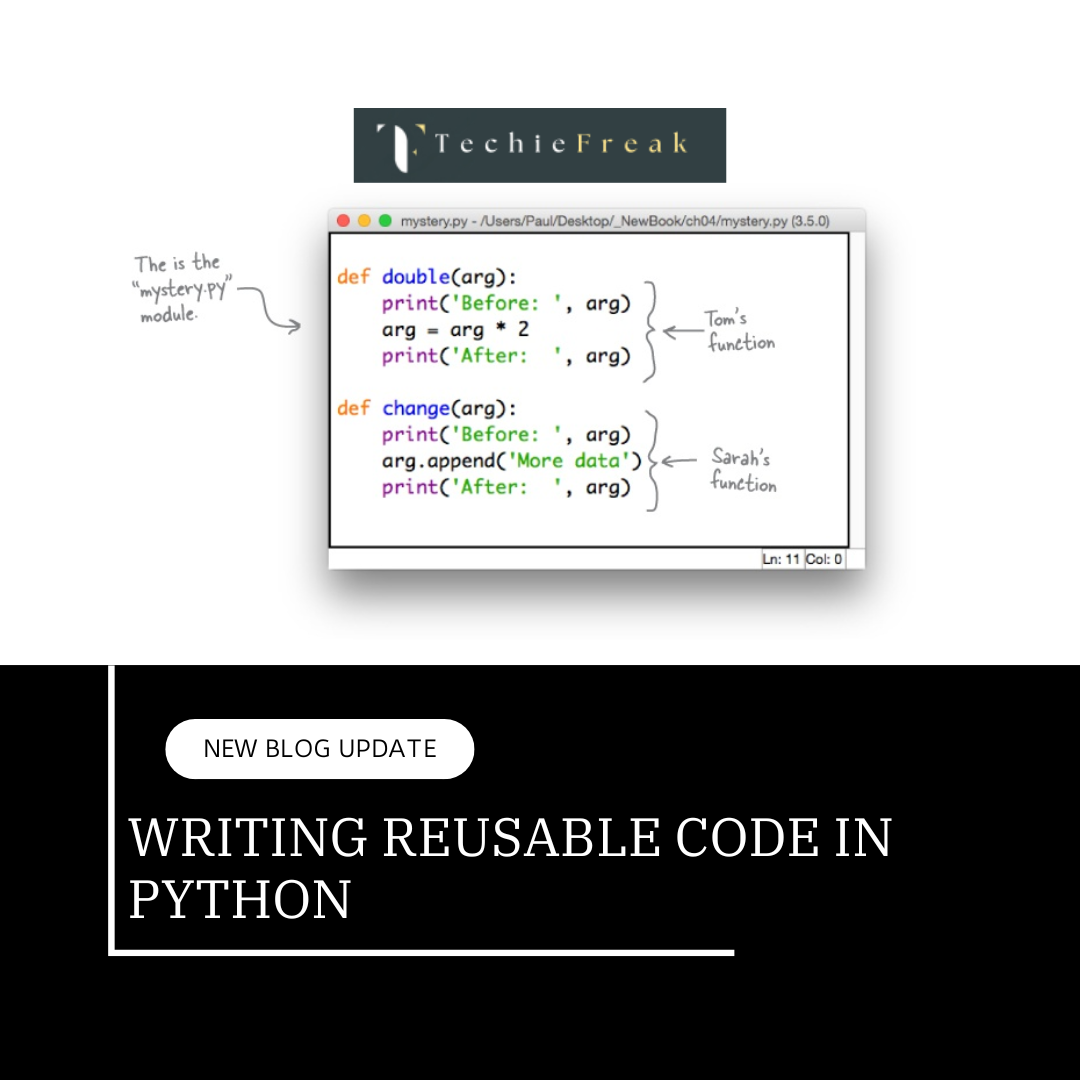
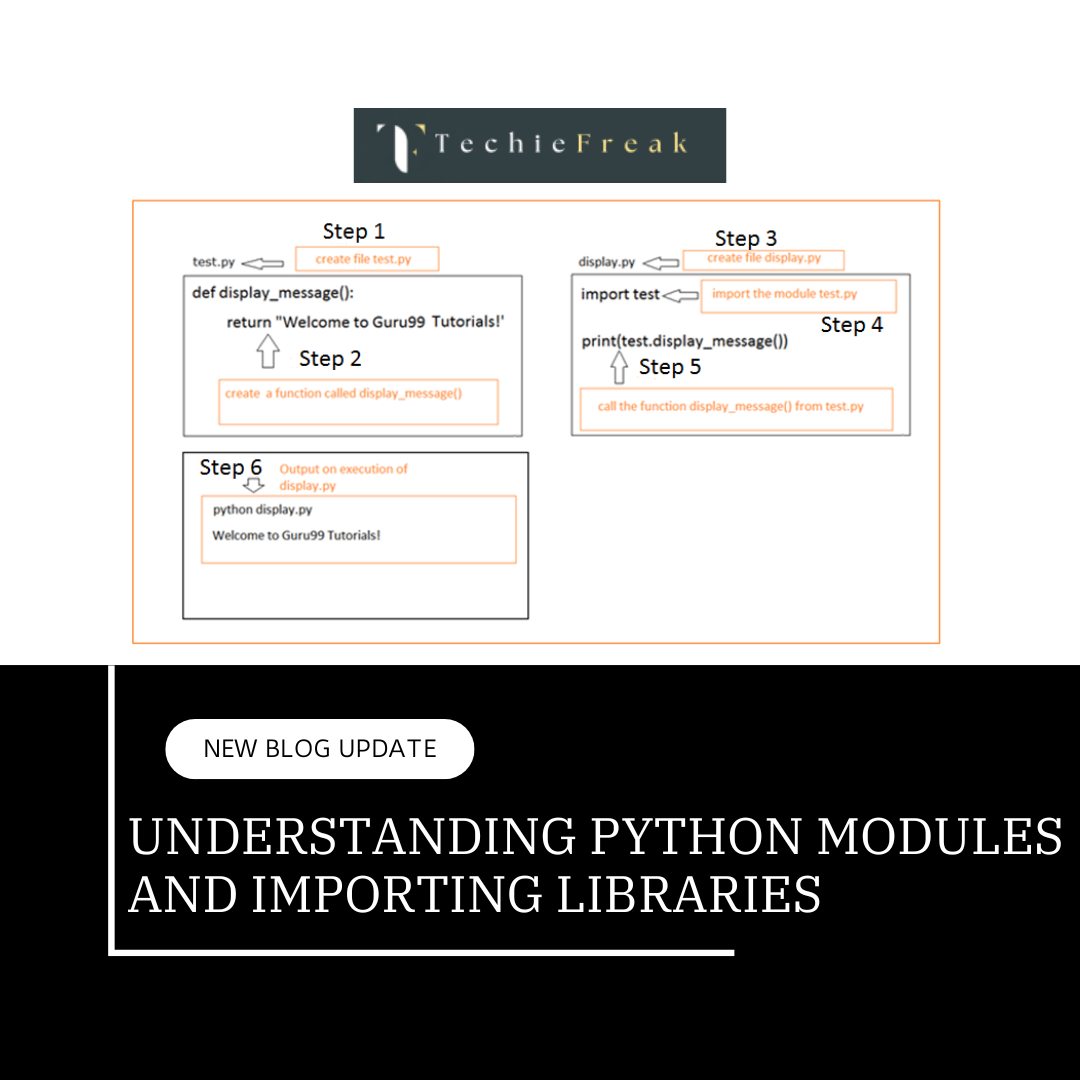
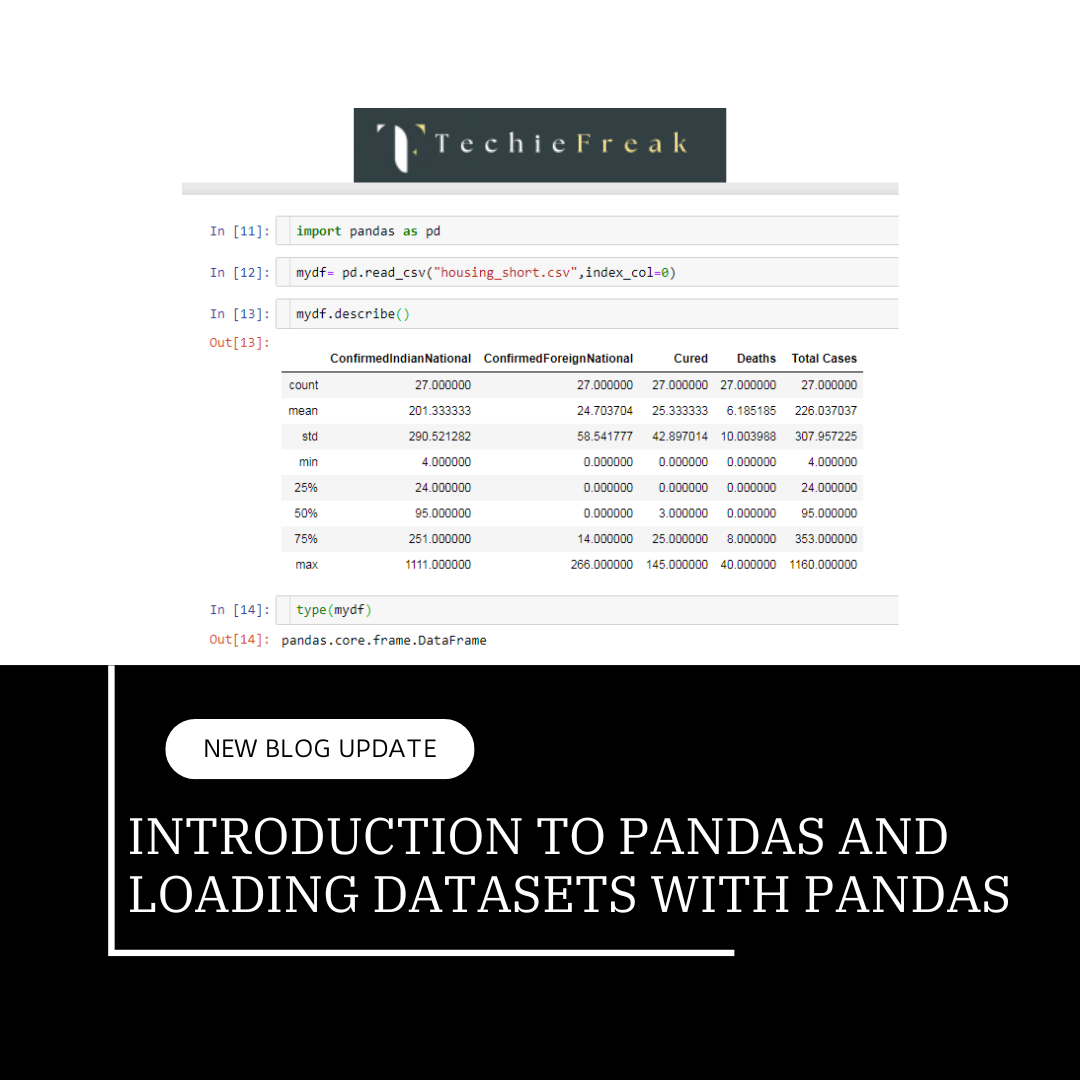
.png)
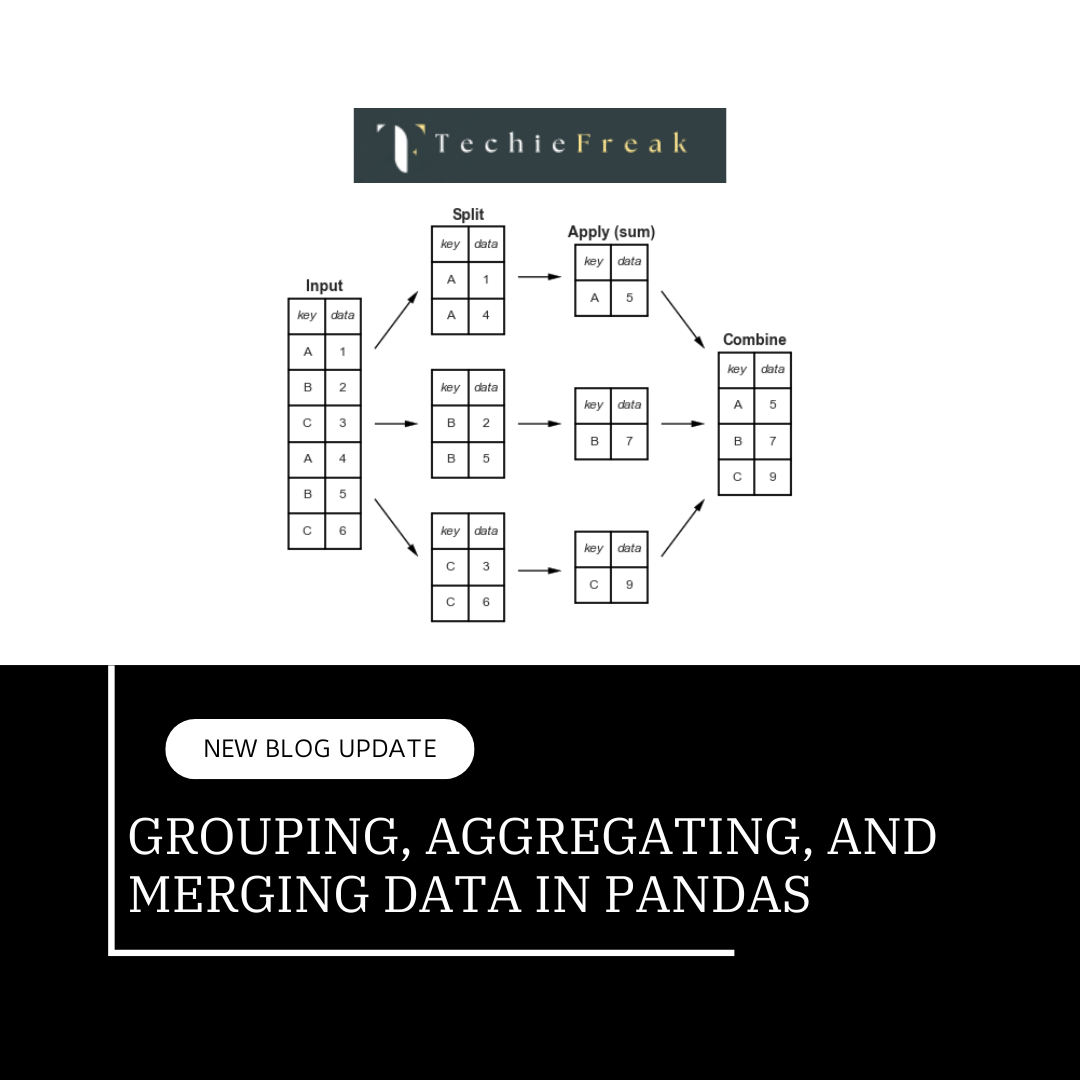
.png)
